FS Colour Series: Chocolate Inspired by Andrew Wyeth’s Warm, Earthy Hues
In the eerily quiet world of Andrew Wyeth, warm, rustic shades of brown like Chocolate Linen play a pivotal role, colouring broken tree stumps, shadowy interiors, or mounds of dry, crumbling earth. His barren, haunting paintings captured the raw and honest simplicity of his home town in Chadds Ford, Pennsylvania, and his summer home in Cushing, Maine, throughout the mid-20th century, with its sprawling, wide-open landscapes and bare, weathered buildings showing just the barest traces of human life.
The youngest of five children, Wyeth was born in Chadds Ford Pennsylvania in 1917. His father, a renowned illustrator and artist, taught Wyeth how to paint from life, in a way he later described as “obsessively focussed,” while encouraging a close affinity with nature. Wyeth’s father told him, “When you’re doing form and shadow, remember it’s not just a shadow. It is something that will never happen again just like that. Try to get that quality, that fleeting character of the thing.”
As a boy Wyeth read Robert Frost and Henry David Thoreau, but the greatest influence on his work by far was King Vidor’s silent, wartime film The Big Parade (1925), which, with its dreamlike atmosphere of brooding melancholia, seeped into many of Wyeth’s paintings.
Early in his career Wyeth leaned towards watercolour painting, exploring how its fluid qualities could capture the luminosity of his surroundings. He found early success with his watercolours, holding a solo exhibition at the age of 20, but within a few years he had adopted egg tempera, producing finely worked, highly detailed paintings of the people and places around him. He was particularly fascinated by the traditional values of the old frontier, showing the lonely lives of farm labourers and their battle to survive the elements with great pathos, as these were the people who had become intertwined with his own life.
In April Wind, 1952, Wyeth succinctly blends portraiture and landscape into a single image. The painting captures a real moment in time; while out walking in Chadds Ford Wyeth happened upon his friend, James Loper sitting contemplatively on a log. The sitter’s coat lifts in the wind, conveying the instantaneity of the moment, contrasted with the finely wrought detail of his frayed hem and the richly textured bark of the log. Wyeth works his signature browns into the craggy texture of the log, exploring how it shifts in texture and tone while absorbing the light around it.
The desolate Evening at Kuerners, 1970 is also set in Chadds Ford, conveying the dwindling light as dusk approaches, casting the ground into deep, dark shadow. Earthy browns reach across the horizon line and spread into the murky earth below, contrasting sharply with the tall, white building and its one lit window, which suggests just the faintest trace of human presence, amidst the rugged American wilderness it all its messy, dirty wonder.
In the later painting Her Room, 1977, Wyeth paints an homage to his wife, Betsy, the ‘her’ in the painting’s title. The artwork is set in the summer home he shared with his wife in Cushing, Maine, and hints at her influences through the carefully arranged objects she had chosen, including the lined-up seashells on the windowsill, the pink taffeta curtains she sewed, and a tool chest, with a careworn surface hinting at her love of handiwork. Sunlight streaks in from the windows and casts angular light across the room, offset against the deeper, mysterious corners where brown shadows linger, lending the room an aura of warmth, comfort and familiarity.


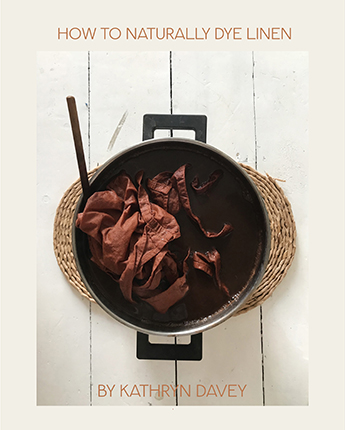


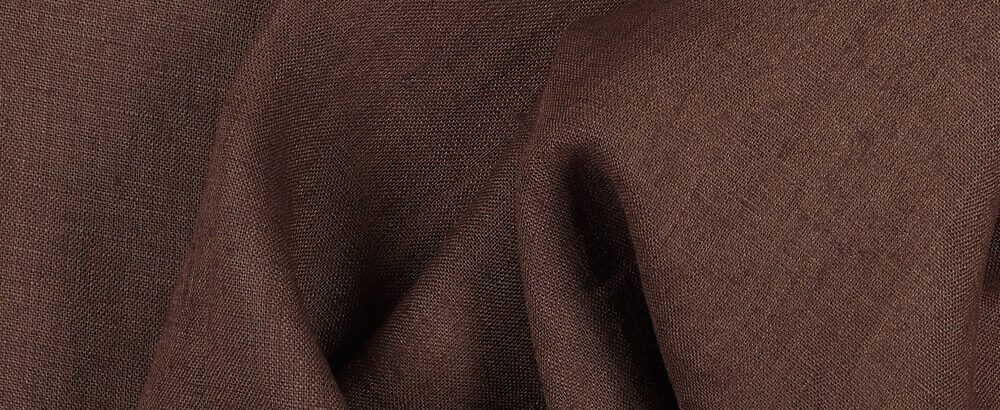
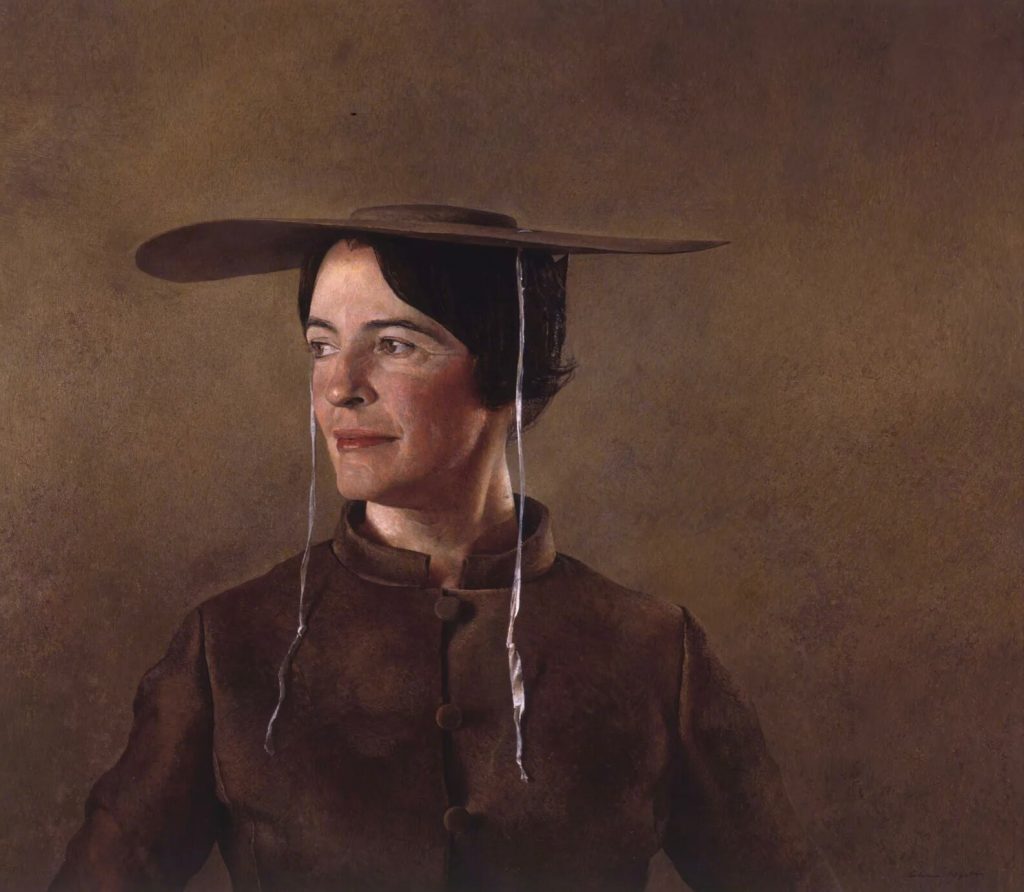
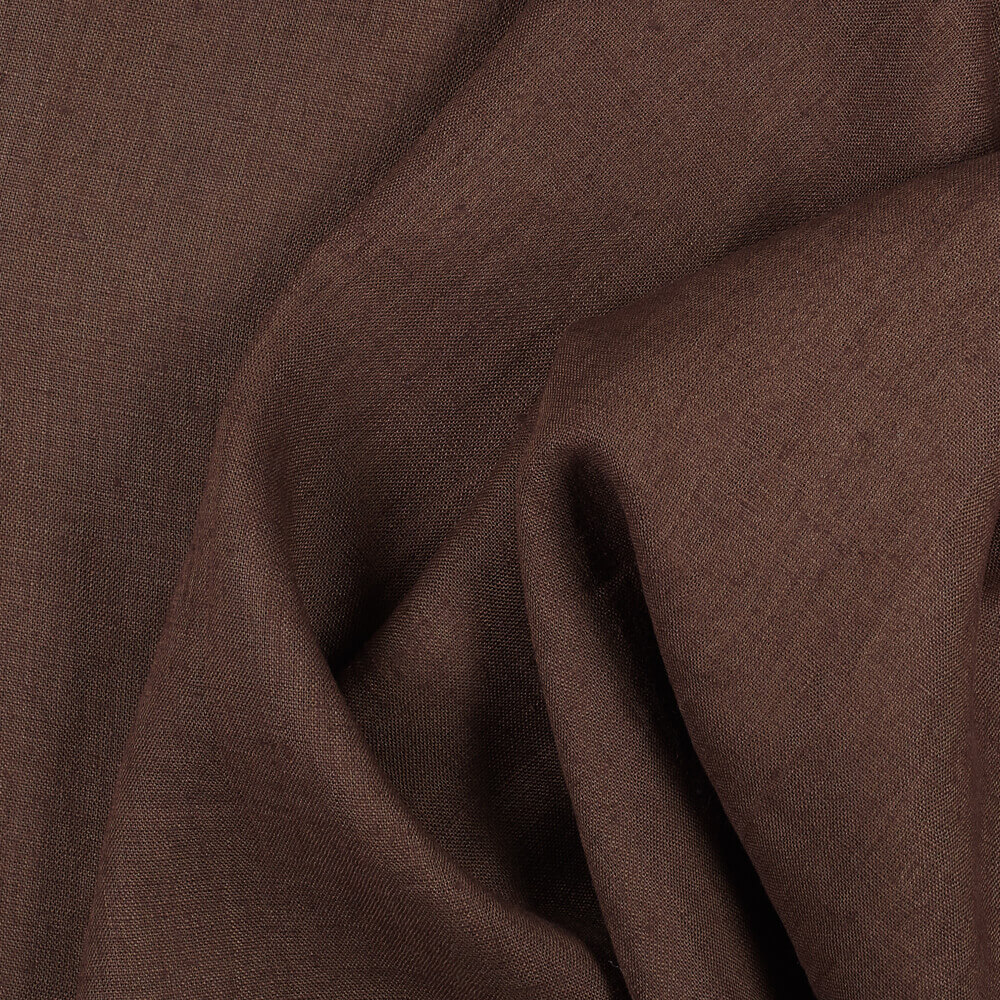
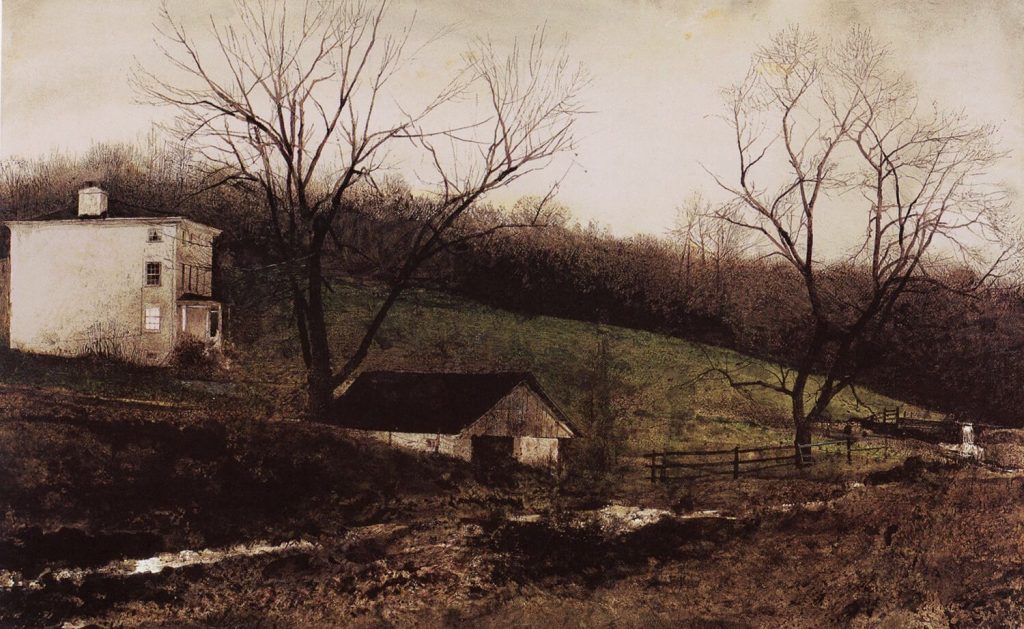
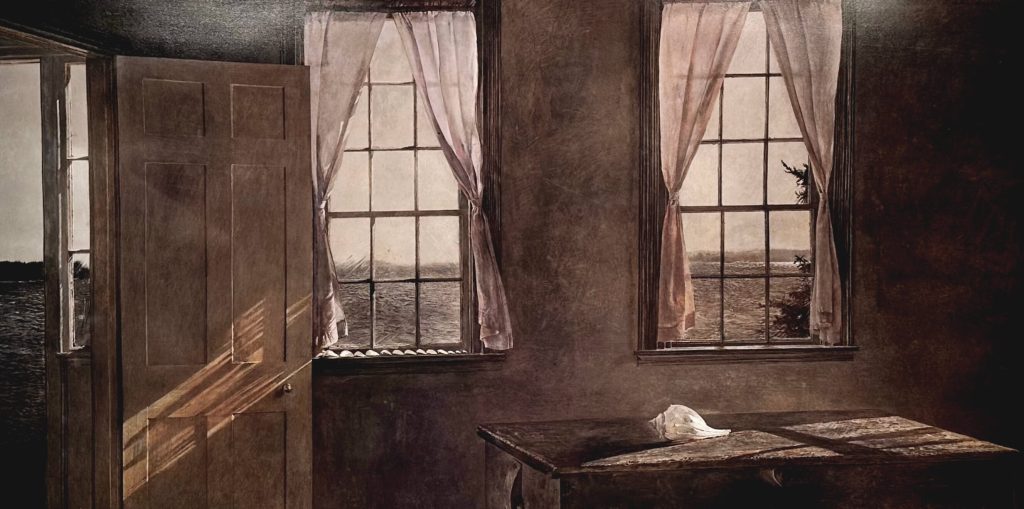
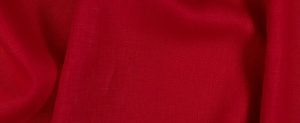
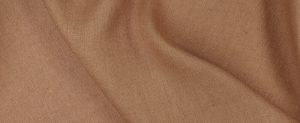
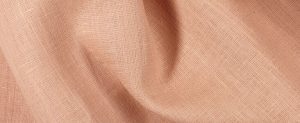

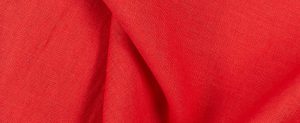


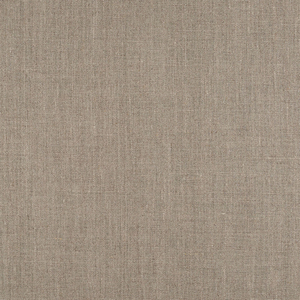
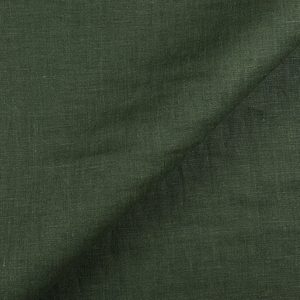
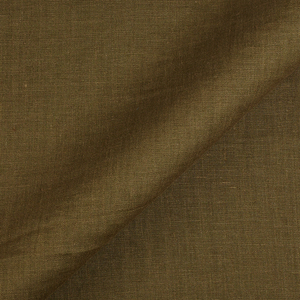

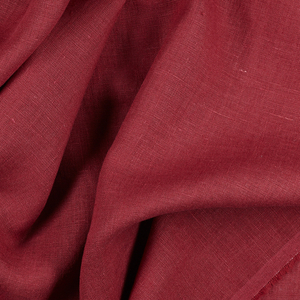
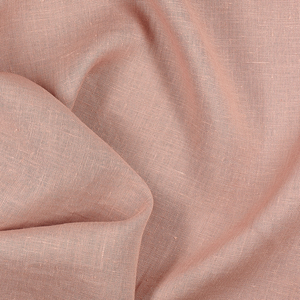

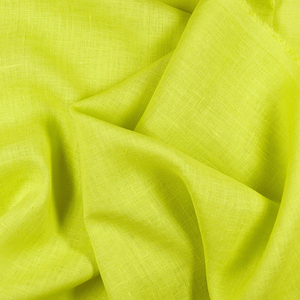
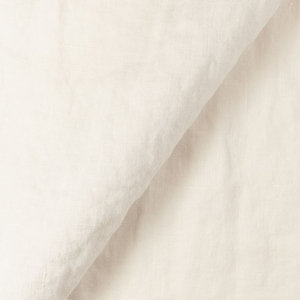





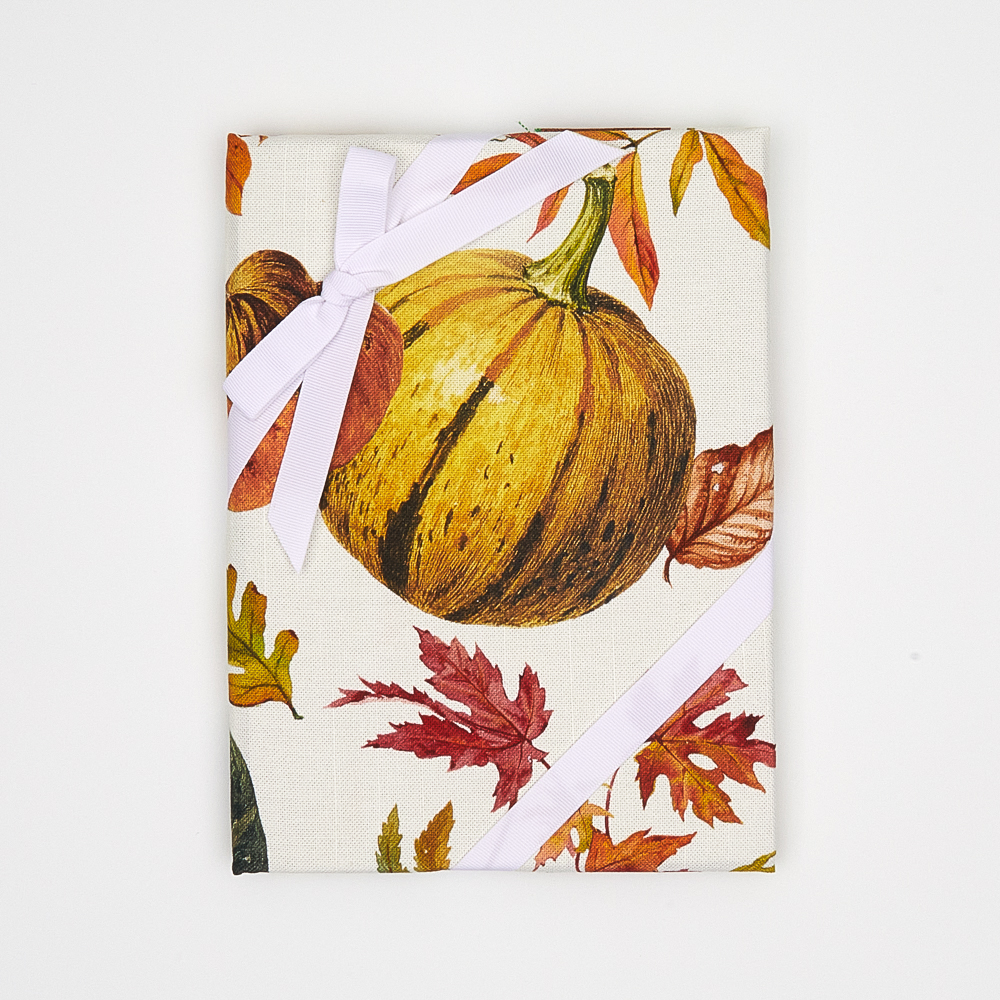

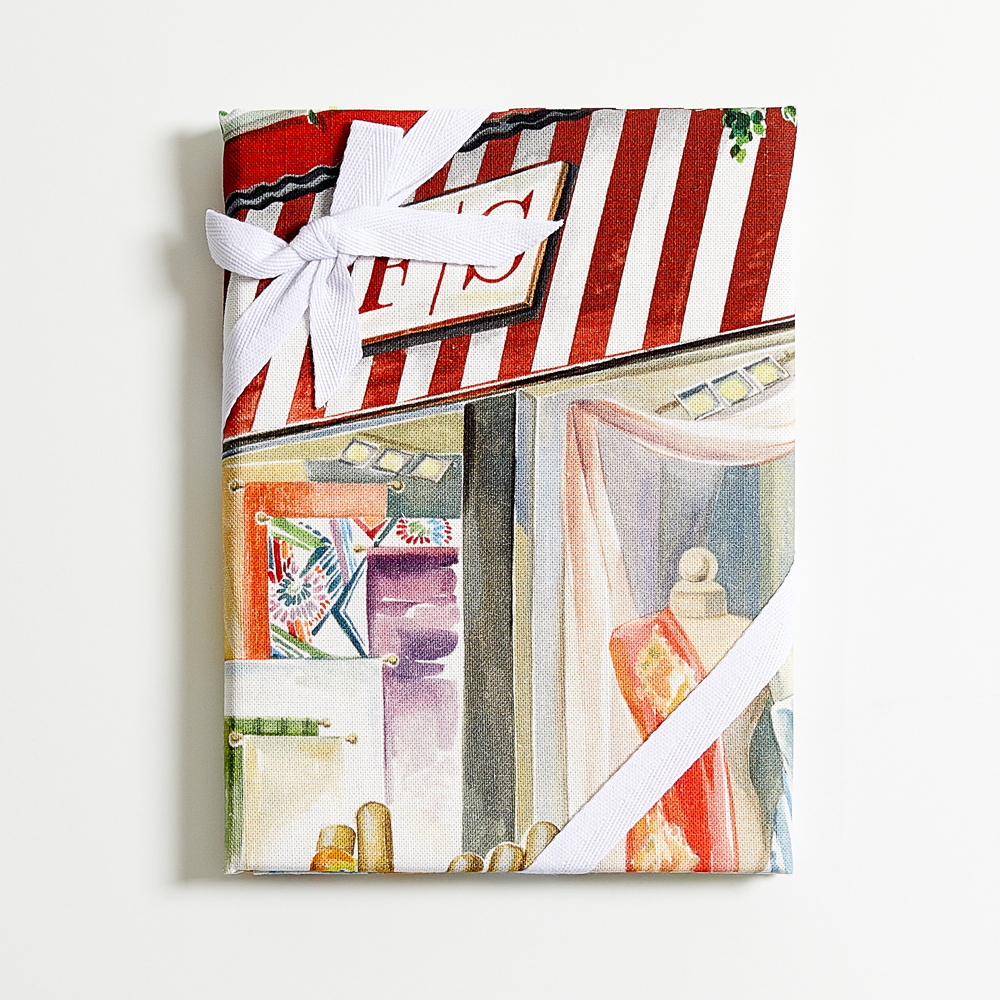


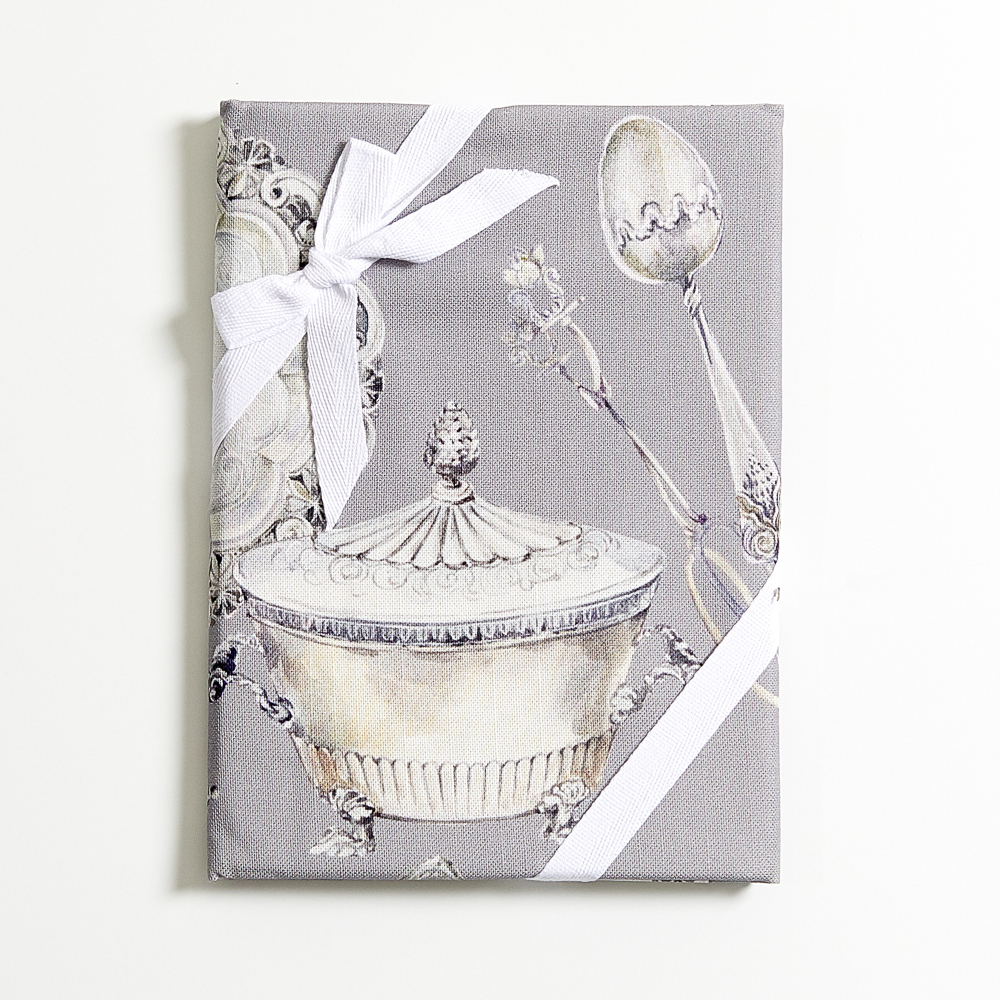




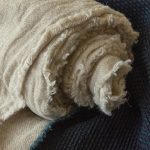
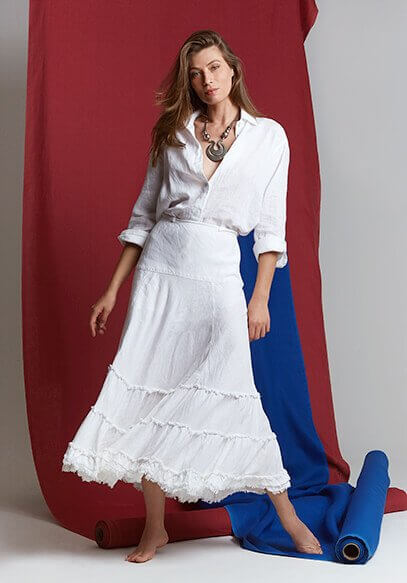
Leave a comment